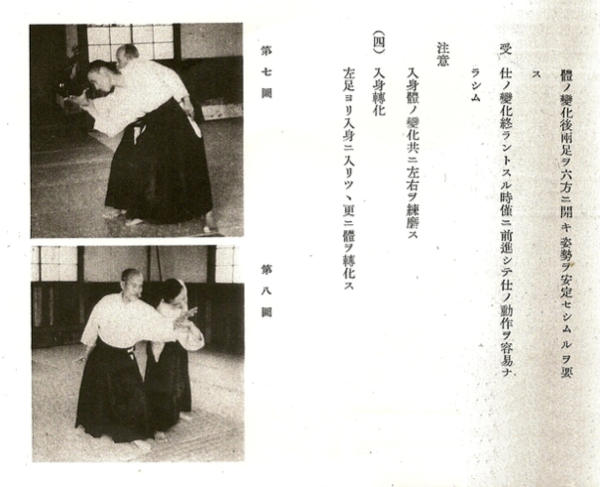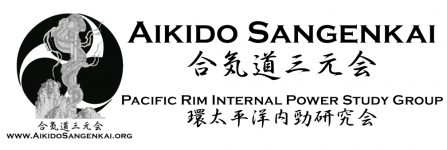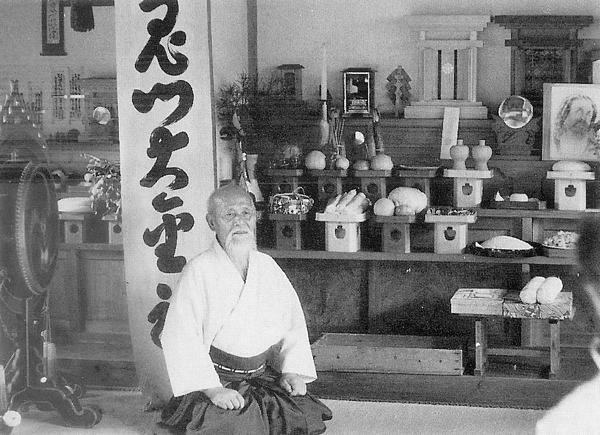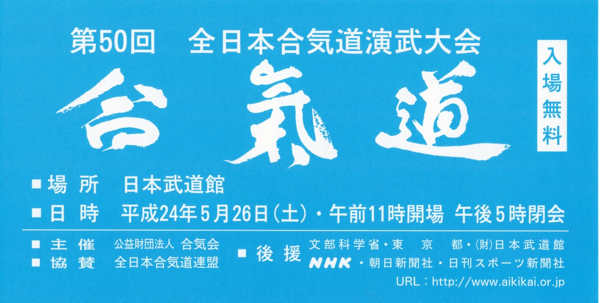Entrance to the Izanagi Jingu on Awaji IslandThe banner celebrates the 1,300th anniversary of the publication of the Kojiki
Remember Izanagi and Izanami from "Aikido and the Floating Bridge of Heaven"?
If you don’t, Izanagi and his spouse (and sister) Izanami were tasked by the Gods of Japan to stand on the Floating Bridge of Heaven (Ame no Uki Hashi / 天之浮橋) and create the islands of the Japanese archipelago.
But…you really should go back and read the other article first, since the rest of what I’m talking about here will make much more sense in that context.
Here’s a fun fact: in the Nihongi, which is the oldest book of classical Japanese history after the Kojiki, these gods go by the names of the "gods of In and Yo" (陽神陰神). O-Sensei was aware of this, and often referred to In and Yo in terms of Izanagi and Izanami.Anyway, I hope that you remember them, because they were a very common element in the speech and writings of Aikido Founder Morihei Ueshiba.
If you remember, the male and female gods stood on the Floating Bridge of Heaven and stirred the sea with the jeweled spear (Ama no Nuboko / 天の沼矛), creating a vortex. Drops of salty water falling from the spear formed the first island (Onogoro Shima / 淤能碁呂島), whereupon the divine beings descended from the Bridge to the earth below.





